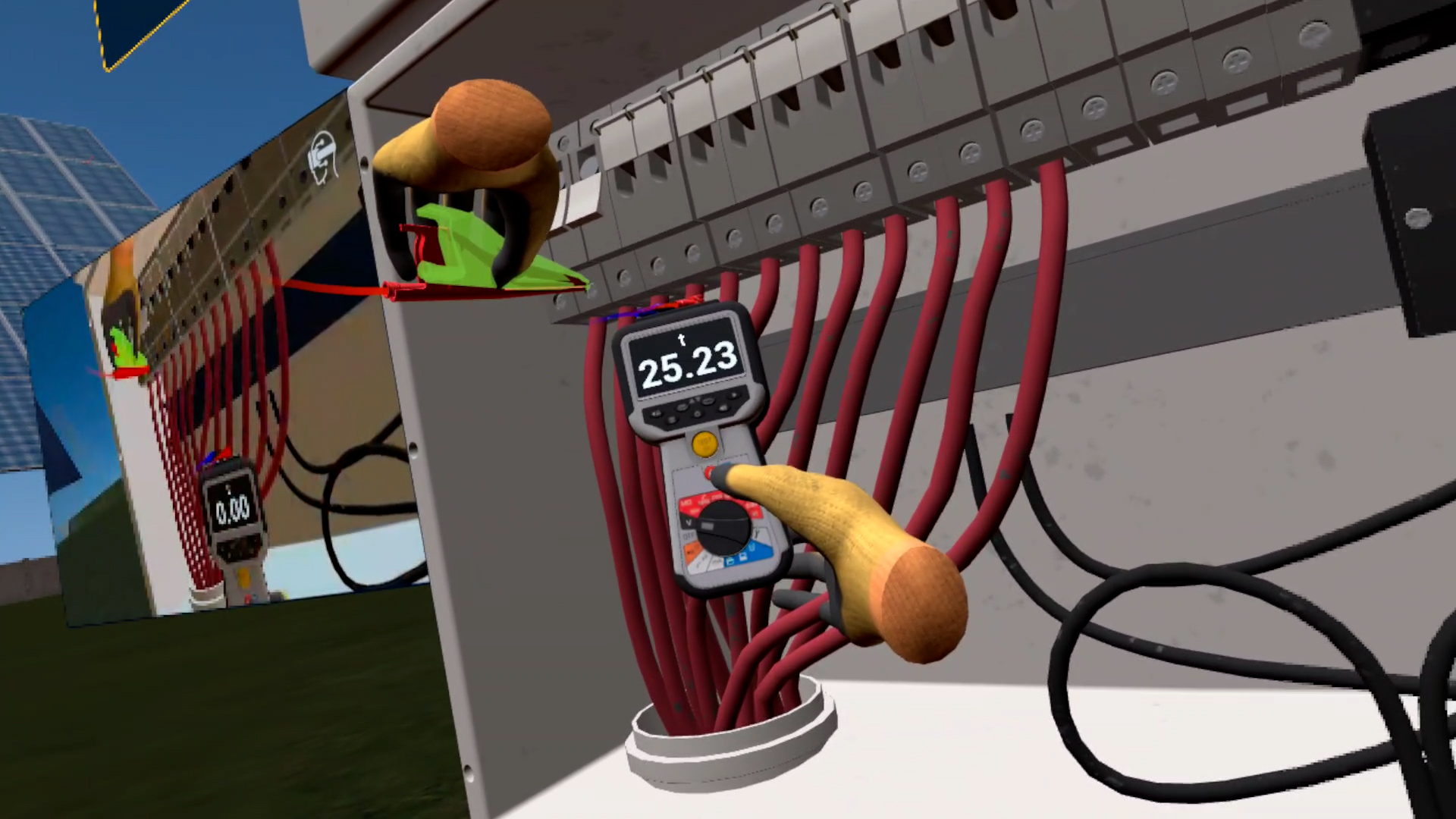As the world shifts toward renewable energy, solar power is leading the charge—and photovoltaic (PV) systems are the foundation of that movement. Behind every well-functioning solar array is a team of skilled professionals, and at the heart of that team is the PV Associate. These are the hands-on technicians who install, test, and maintain PV systems, ensuring that they operate safely and efficiently.
To do this work right, PV Associates rely on a few essential tools. Two of the most critical are the multimeter and the megohmmeter (also known as a “megger”). Understanding these instruments isn’t optional—it’s part of doing the job safely and effectively.
What is a PV Associate?
A PV Associate is a trained solar technician who works with photovoltaic systems, typically handling installation, basic diagnostics, maintenance, and safety checks. While they may not design systems, they are on the front lines making sure everything is wired correctly, producing power, and compliant with safety standards.
Why Electrical Testing Matters
Solar panels generate electricity from sunlight, but without careful testing, you can’t be sure everything is functioning properly. Loose connections, damaged insulation, ground faults, and low output can all reduce performance—or worse, pose serious electrical hazards.
That’s where electrical testing comes in. And for that, multimeters and megohmmeters are go-to instruments. Knowing how to use them isn’t just good practice—it’s a requirement for safe and effective PV work. From the professional perspective, organizations like NABCEP and OSHA include proper electrical testing like insulation resistance and voltage checks as part of their best practices for PV system commissioning, maintenance, and safety standards.
The Multimeter: Your First Line of Defense
The multimeter is a handheld device that measures basic electrical properties: voltage (V), current (A), and resistance (Ω). For PV Associates, it’s used during installation and maintenance to:
– Check open-circuit voltage of solar modules
– Measure current output
– Verify continuity of wires and connections
– Detect loose or corroded connections
– Troubleshoot underperforming panels
Why It’s Important
Solar panels can produce high DC voltages. Miswiring or faults can lead to dangerous situations if you’re not sure where current is flowing. A multimeter helps verify the system is wired properly before it’s connected to the grid or inverter.
It also helps pinpoint performance issues. For example, if one panel in a string is underperforming, a multimeter can help isolate whether it’s the panel, a wire, or a connection causing the drop.
How to Use It
1. Set the dial to the appropriate mode (DC voltage for solar panels).
2. Connect the leads—red to positive, black to negative.
3. Measure open-circuit voltage by testing across the panel terminals without a load.
4. Measure current using the current mode, often requiring the meter to be in series with the circuit.
5. Test continuity to check that wires and connections are intact (in continuity mode, a beep indicates a closed circuit).
Always start with the highest range setting to avoid overloading the meter and wear appropriate PPE.
The Megohmmeter: The Insulation Inspector
The megohmmeter, or megger, measures insulation resistance—essentially, how well electrical components are isolated from ground or other conductors. In PV systems, it’s used to:
– Test insulation of wires and components
– Detect ground faults
– Ensure safety and code compliance before system startup
– Check degradation over time in older systems
This test is especially important for systems exposed to outdoor elements, where water intrusion and heat can slowly compromise insulation.
Why It’s Important
Even small insulation failures can lead to ground faults, which pose electrocution risks or cause system shutdowns. Unlike standard resistance checks, the megger applies high DC voltage (usually 250V to 1000V) to simulate real-world conditions and see how insulation holds up.
A multimeter won’t catch these issues—only a megger can.
How to Use It
1. Disconnect the system from power and isolate the circuit to be tested.
2. Set the voltage on the megger (usually 500V for PV systems).
3. Connect the test leads—one to the conductor, one to ground.
4. Activate the test—the device applies high voltage and reads the resistance.
5. Interpret the results: values above 1 MΩ are generally acceptable; lower values may indicate insulation breakdown.
Again, safety is key. Ensure no one is touching the system during testing, as the megger introduces high voltage.
Training Makes the Difference
ImmerseLearn understands that just reading about these tools isn’t enough. That’s why this Photovoltaic Associate training program doesn’t just cover theory—it gives learners hands-on experience using tools like the multimeter and megohmmeter in real-world scenarios.
With 3D simulations, Interactive Learning Videos (ILVs), and Virtual Reality (VR) environments, students get to practice troubleshooting and testing PV systems safely and effectively before ever stepping on a job site.
Solar energy is the future—but it depends on skilled professionals who know what they’re doing. For PV Associates, mastering the multimeter and megohmmeter isn’t just a box to check—it’s part of keeping systems efficient, reliable, and safe.
With the right training and tools, PV techs don’t just install solar power—they make sure it works and works well.





